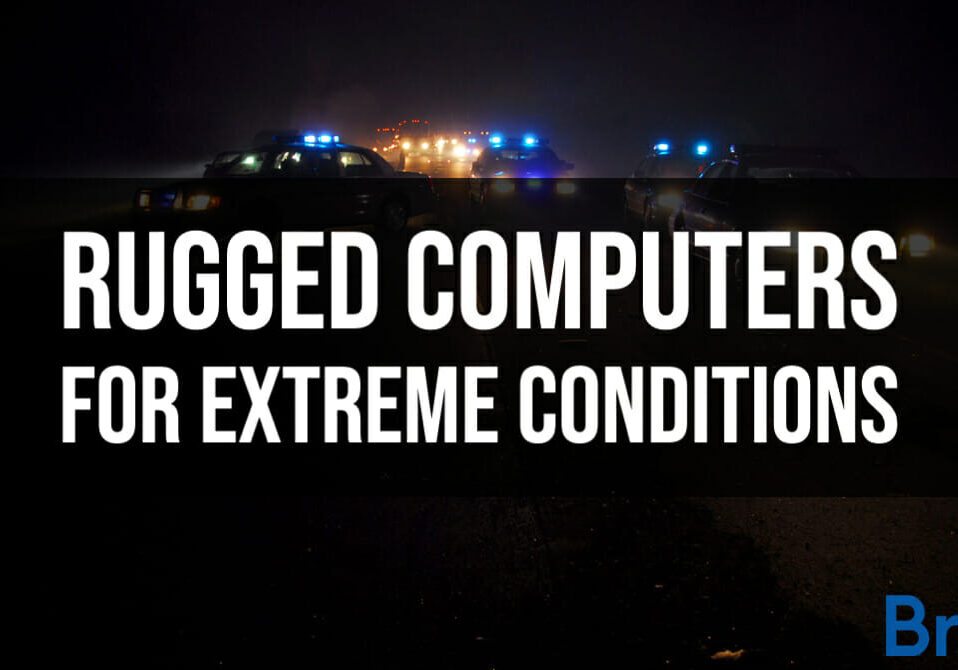Rugged Computers for Extreme Conditions
July 28, 2021
Is your computer rugged enough to withstand extreme conditions? After a summer of unbearable heat waves hitting places all over the world, with winter and snow quicking approaching Upstate New York, the extreme temps got us thinking. The US covers 3.797 million square miles of land with normal climates ranging from cool and rainy to hot and desert, so how are there computers that can withstand a diverse set climate and extreme conditions year-round?
The answer: ruggedness. One of the most important and differentiating factors when evaluating mobile tech solutions. Ruggedness is on a spectrum ranging from non, semi and fully-rugged. Fully rugged computers are the highest standard of durability protecting against extreme conditions. There are rugged options for all device types including tablets, laptops and convertibles.
Certified rugged computers
In order to be a certified rugged computer, the device must go through a set of standard testing. However, there are differences in testing based on the certification. While there are a variety of rugged distinctions, the most common for public safety technologies are IP65, IP66, MIL-STD 461G and MIL-STD-810G.
IP65 is part of the ingress protection testing and protects against the infiltration of dust, foreign objects and liquids. The IP65 designation means that the object is completely protected against dust and jets of liquid.
IP66 is an extension of IP65 and therefore also withstands dust and jets of liquid. The difference is that this rating level provides protection against water pressure at 14.5 pounds per square inch (PSI) with no negative effects to the device.
MIL-STD are standards established by the US military and have become the international standard for testing the durability of a computer. MIL-STD 461G focuses on the EMC and EMI requirements for all electrical and electronic equipment.
MIL-STD 810H rating protects against the majority of environmental factors. The certification refers to the ability to withstand extreme conditions such as being dropped onto concrete or weather conditions of extreme temperature, dust and rain. The rigorous testing ensures devices can withstand:
- Low pressure (altitude)
- High temperature
- Low temperature
- Temperature shock
- Humidity
- Blowing dust
- Vibration
- Drop
- Freeze/thaw
Let’s look into some of these..
Extreme temperatures
Whether it’s extreme heat or below freezing temperatures, each can impact the overall performance of the equipment. The ability to take a computer out for patrol or on-scene has revolutionized the investigation process. However, if a computer either overheats or freezes, then the benefits of the computer are nonexistent.
Drop protection
The nature of public safety officer’s duty is not sitting at a desk from 8-5 every day. Rather, they see a wide array of conditions. Protect against drops during irregular, rough work conditions with a rugged computer.
How rugged do I need?
While protection against extreme conditions is valuable, deciding between semi or fully rugged is dependent on the needs of the department. Semi-rugged devices are still measured against high standards and have enhanced durability compared to non-rugged devices, making it a sound option for departments. Whereas a fully rugged device is a great option for those teams that face extreme conditions on a daily basis.
The wide range of models, device types and added features, like ruggedness, help departments choose the right solution to fully meet their needs. If you want to read more about choosing the right solution, then check out this blog. Or want to work with one of our trusted reps, then contact us!

